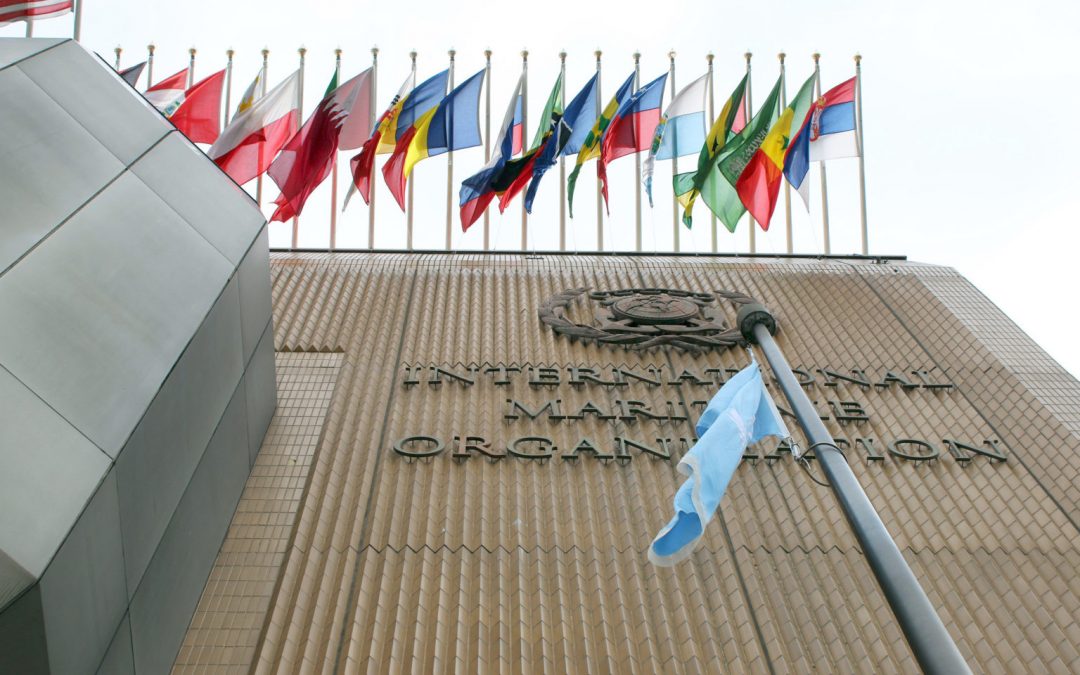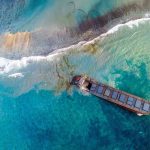The 9th session of the IMO’s Sub-Committee on Ship Design and Construction (SDC 9) was held from 23 to 27 January. SDC 9 agreed to extend the requirements for on-board emergency towing devices to all ships over 20,000 gross tonnage to reduce the risk of drifting and grounding in case of an emergency. A revision of the interim explanatory notes to the Safe Return to Port requirements were initiated, intending to improve unified implementation of the concept that passenger ships shall be able to return safely to port after a fire or flooding casualty.
Meeting highlights
- Agreed to extend the requirements to on-board emergency towing devises to all new ships over 20,000 gross tonnage
- Agreed to implement an asbestos ban in the MODU Code on new installations on existing units in alignment with that in SOLAS
- Agreed to revised Guidelines for the Reduction of Underwater Noise from Commercial Shipping to Address Adverse Impacts on Marine Life
- Progressed the development of goal-based requirements for SOLAS Chapter II-1
- Progressed a revision of the interim explanatory notes to the Safe Return to Port requirements in SOLAS
Reduction of underwater noise
SDC 9 agreed to a draft revision of the Guidelines for the Reduction of Underwater Noise from Commercial Shipping to Address Adverse Impacts on Marine Life (MSC.1/Circ.833).
A draft work plan for the continued work on the underwater-radiated noise and implementation of the draft revised guidelines were endorsed.
The draft of the revised guidelines will be submitted to MEPC 80 (July 2023) for approval.
Enhanced Survey Programme (ESP)
Amendments to the 2011 ESP Code to align the code with the survey and certification requirements of the IACS UR Z series were adopted in 2019 (MSC 101) and entered into force on 1 January 2021.
SDC 9 agreed on draft modifications to the 2019 amendments so that both administrations and organizations recognized by the administrations may be involved with approval and auditing of firms engaged in thickness measurements of hull structures on oil tankers. The draft amendments will be submitted to MSC 107 (June 2023) for approval.
Functional requirements for SOLAS Chapter II-1
SOLAS Chapter II-1 Regulation 55 allows electrical and machinery installations to deviate from prescriptive requirements, provided an equivalent level of safety is achieved and the intent of the requirements is met. To make this alternative design process more efficient, the IMO has agreed to define the intent of the prescriptive requirements.
SDC 9 progressed draft goals for SOLAS Chapter II-1 Part C on “Machinery installations” and Part E on “Periodically unattended machinery spaces” based on agreed failure modes. The goal-based provisions for Part D on “Electrical installations” were agreed at SDC 8.
The goal-based provisions will eventually be included in a second revision of the Guidelines on Alternative Design and Arrangements for SOLAS Chapters II-1 and III (MSC.1/Circ.1212/Rev.1) and submitted to MSC for approval.
A Correspondence Group will progress goals, functional requirements and expected performances for SOLAS Chapter II-1 Parts C and E until SDC 10 in January 2024.
Prohibition of asbestos in the MODU Code
Provisions in SOLAS Chapter II-1 have restricted the use of new materials containing asbestos since 2002 and have prohibited their use since 2011. Unified Interpretations and guidance to SOLAS Regulation II-1/3-5 are available in MSC circulars. The 2009 MODU Code has prohibited the use of asbestos on new units from 2012, but no provisions in the 1979, 1989 or 2009 MODU Codes restrict new installations which contain asbestos on existing units, and no guidance has been available.
SDC 9 agreed to implement the wording and guidance for an asbestos ban on new installations on existing units in the non-mandatory MODU Code in alignment with that contained in SOLAS. The draft MODU Codes amendments, and a unified interpretation and Guidelines will be submitted to MSC 107 (June 2023) for approval.
Emergency towing equipment
Currently, tankers of 20,000 DWT and above are required to have an emergency towing device. Other cargo ships and passenger ships must have a towing procedure, but are not required to have specific suitable equipment. Increased ships’ sizes in general complicates emergency towing to a safe place without suitable equipment.
SDC 9 agreed on draft amendments to SOLAS II-1/3-4 to extend the SOLAS requirements for emergency towing devices to all new ships over 20,000 gross tonnage to facilitate emergency assistance and towing operations and thereby reduce the risk of ship wreckage and pollution.
A Correspondence Group will consider the development of draft guidelines for ships other than tankers and report to SDC 10 in January 2024. The draft amendments will eventually be submitted to MSC for approval and subsequent adoption.
Unified Interpretations
Mooring arrangement and equipment
SDC 9 agreed on a draft Unified Interpretation to ensure consistent application of the new mooring requirements in SOLAS Chapter II-1/3-8, which enters into force on 1 January 2024.
Penetrations in watertight divisions in passenger ships
SDC 9 agreed on a draft Unified Interpretation of SOLAS II-1/13.2.3 to clarify that heat-sensitive pipe penetration systems should be bested with the heat-sensitive piping and should be type approved for watertight integrity after a fire test, in line with Paragraph 4 of the explanatory notes to Regulation 13.2.3 (Resolution MSC.429(98)).
Application provisions
SDC 9 agreed on a draft Unified Interpretation of the application provisions in SOLAS Chapter II-1 Regulation 1.
2008 Intact Stability Code
SDC 9 agreed on a draft revision of MSC.1/Circ.1537/Rev.1 to clarify the interpretation of down-flooding points for new ships.
The draft Unified Interpretations will be submitted to MSC 107 (June 2023) for approval.
Safe Return to Port for passenger ships
The Safe Return to Port (SRtP) concept was introduced in SOLAS in 2010 with the intention to increase the robustness and fault tolerance of passenger ships.
Even in the event of a flooding or fire casualty, the ship shall be able to return to port with its own machinery and provide a safe area for all the persons on board. The SRtP regulations apply to passenger ships with a length of 120 metres or more or with three or more main vertical zones.
SDC 9 initiated a revision of the Interim Explanatory Notes for the Assessment of Passenger Ship Systems’ Capabilities after a Fire or Flooding Casualty (MSC.1/Circ.1369) based on experience gained with application of the explanatory notes.
The work will continue in a Correspondence Group until SDC 10 in January 2024.
Water level detectors for multiple-hold cargo ships
In 2022, MSC 105 adopted a new SOLAS Regulation II-1/25-1 requiring new multiple-hold cargo ships to be fitted with water level detectors in each cargo hold. The new regulation harmonizes the requirements for bulk carriers, single-hold cargo ships and multiple-hold cargo ships.
The revised Performance Standards for Water Level Detectors on Ships Subject to SOLAS Regulations II-1/25, II-1/25-1 and XII/12 (Resolution MSC.188(79)/Rev.1) were approved accordingly.
SDC 9 agreed on a correction to the measurement of installation heights of bilge level sensors in the revised performance standards. The correction specifies that the measurement of installation height from the bottom of the bilge well is only applicable to those sensors installed in accordance with SOLAS Regulation II-1/25-1.3, when the bottom of the bilge well is located below the inner bottom.
A revision 2 of the Performance Standards will be submitted to MSC 107 (June 2023) for approval.
Any other business
Second-generation intact stability criteria
SDC 9 agreed on a correction to the explanatory notes to the interim guidelines on the second-generation intact stability criteria, which will be incorporated in MSC.1/Circ.1627 before its publication.
Recommendation
As SDC is a Sub-Committee, all decisions concerning rules, regulations and dates are subject to further consideration and approval by the Maritime Safety Committee (MSC). DNV recommends that our customers monitor the outcome of MSC 107 in June 2023.
Source: Hellenic Shipping News






